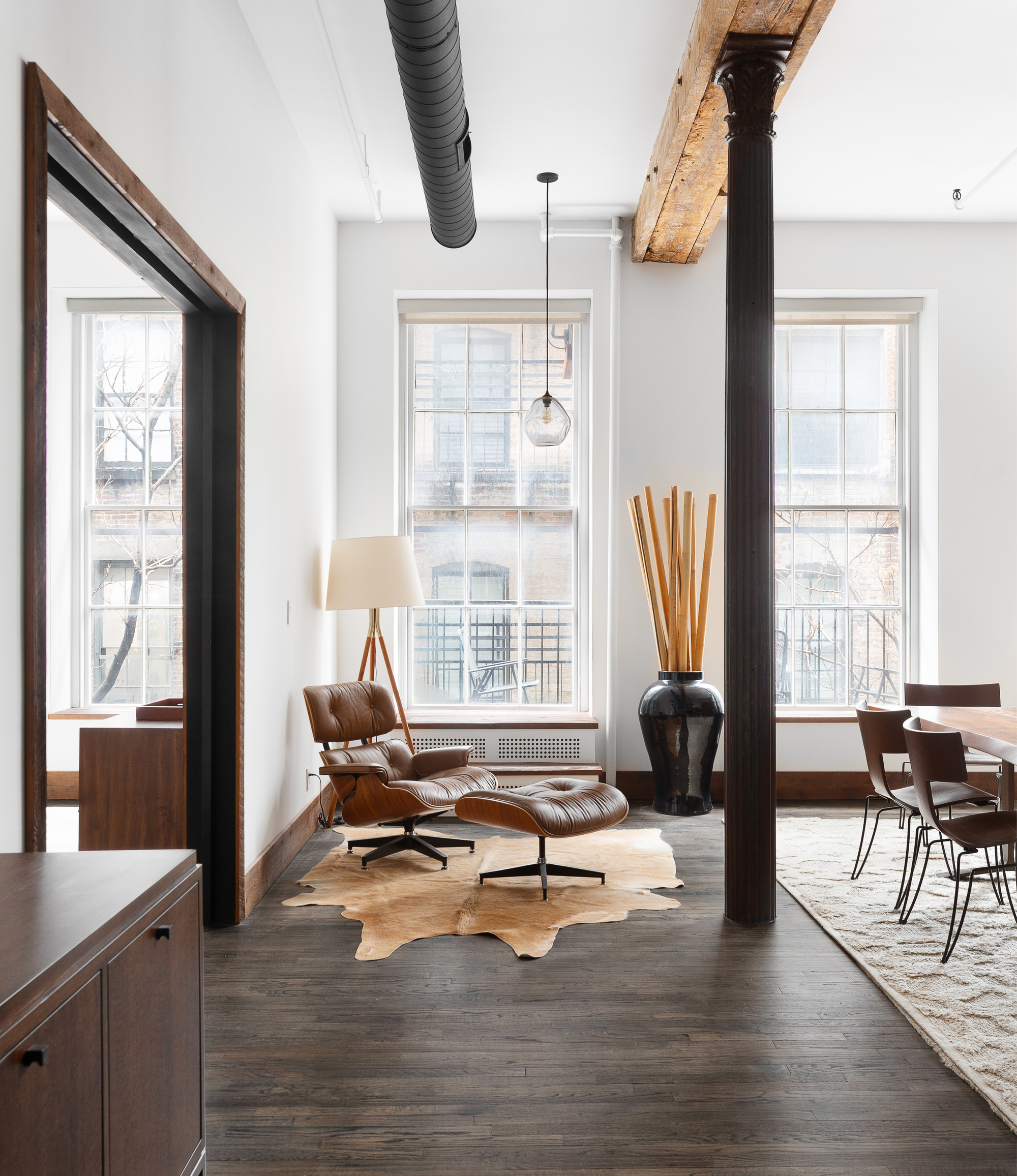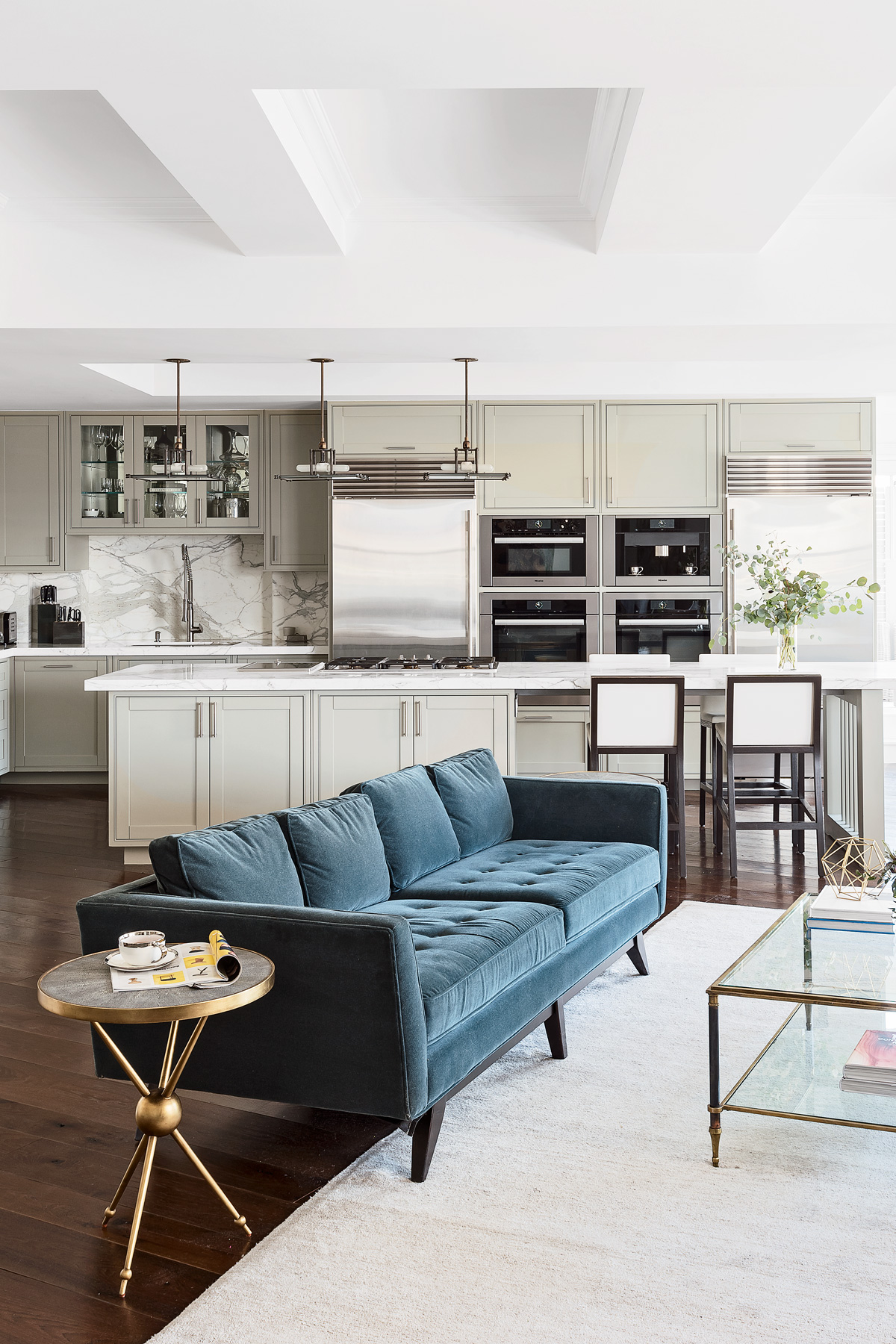How much does central air cost? Guideline figures for this year and variables to consider
How much does central air cost, what is it, and is it worth the installation? We find out by asking the experts


You might be thinking about how to keep your home cool right now. Central air might seem like a good investment in the future from the outset, but how much does it cost? With the warmer weather and heatwaves occurring with frightening regularity, many homeowners are finding that an open window and a ceiling fan aren't quite cutting it anymore, and interest in central air has shot up.
While central air is one of the best ways to cool down a room, there are, however a lot of different factors to take into consideration, including energy expenditure, home size and construction, where in the world you are and how your local climate will change what the right system is for you. Here, we talk to the experts to get to the crux of these questions so you can make the decision as to whether central air is right for you and your home.
How much does central air cost?
Installing central air conditioning isn't like installing a window ac unit. It involves a large upfront payment, with the average price typically costing anything between $4,000 and $10,000. However, there are so many other factors to take into account that affect this. Prices can vary from state to state. while the make and model you choose and the size of your home all play a part in the overall cost.
Region and climate will need to be considered when finding the right system for your home and saving energy. 'Installation costs can vary by as much as 20 percent depending on where you live,' says Anthony Carrino, partner at Trane Residential, a manufacturer of heating, ventilating and air conditioning systems.
Home size and construction is also a big factor. A large home will need a larger unit or even multiple systems to properly maintain and comfortable temperature, which will cost more than a smaller home. 'Don't forget that proper seals on windows and doors and the quality of your home's insulation will also affect your monthly cooling costs,' he adds.
Ducts - the conduits or passages used in air conditioning - also have a role in how expensive your air conditioning is. When designed and installed, a good duct system can minimize energy use and expense. 'If you’re installing a new HVAC system in a newly constructed home or replacing ductwork in a current home, adding ductwork will add as much as $2,000-$3,000 to the total cost of your HVAC system,' says Anthony.
What's more, if your new AC system is planned for a hard-to-reach space or if you live in a historic, period home that requires extra attention, this can add expense.
The Livingetc newsletters are your inside source for what’s shaping interiors now - and what’s next. Discover trend forecasts, smart style ideas, and curated shopping inspiration that brings design to life. Subscribe today and stay ahead of the curve.
Servicing your unit will also cost you, and a window unit is cheaper than central air for this, but again this varies by the company you use and your home.
It's best to contact a local dealer to get a quote.
What is central air?

Central air conditioning is a system in which heat and humidity is removed from the air inside and placed outside to ultimately cool down your home. Cool air is moved around rooms in the home using fans and ductwork. 'Central air conditioners have one outdoor portion and one indoor portion that are connected by copper tubes,' explains Anthony. In this SoHo loft design by Kimberly Peck Architect, for example, the ductwork for the air conditioning was exposed and painted black creating an industrial accent traversing the space.
There are two different types of central air conditioning system. In a split-system central air conditioner, an outdoor metal cabinet contains the condenser and compressor, and an indoor cabinet contains the evaporator.
In a packaged central air conditioner, the evaporator, condenser, and compressor are all located in one cabinet, which is typically placed on a roof or stuck onto the side of the house. Air supply and return ducts come from indoors through the home's exterior wall or roof to connect with the packaged air conditioner, which is usually located outdoors.
It's a common addition to homes in warmer parts of the world, but in the UK, it's rarer for a residential space to have made this consideration.
Picking the right unit for the size of your room
Choosing the right size unit for the size of your room is key to keeping cost down, says Marina Vaamonde, the owner of real estate broker HouseCashin. 'It's so important to pick the right unit for the size of your room. Do this by comparing your room size to the air conditioner’s British Thermal Unit (BTU) rating.'
A BTU rating shows the amount of heat an air conditioner can remove from a room. The higher the BTU rating, the larger the room that the unit can handle. 'The rought standard size-to-BTU ratios include 150 to 350 square feet: 5,000 to 8,000 BTU; 350 to 550 square feet: 8,000 to 12,000 BTU and 550 to 1,050 square feet: 12,000 to 18,500 BTU,' says Marina.
How do you look after central air conditioning?

In order to ensure that you are getting the most out of your AC unit, homeowners should not cut corners and maintain the unit. Your air conditioner's filter helps improve air quality by trapping dust, lint and harmful particles. They are a crucial component in your air conditioning unit, so change your AC filter regularly. 'Between 30-90 days is a good rule to follow,' says Anthony. This might seem like a bit of hard work, and is tempting to ignore, but air filters are inexpensive and so checking and replacing filters can save you money on repair costs in the long run.
If you have a central or packaged air conditioner, the unit will be located outside. It’s important to keep the area surrounding your outdoor AC clean and debris-free. 'A good rule of thumb is to not let any plants or other wildlife grow within a 2-foot radius of your air conditioner,' advises Anthony. If plants, trees, or weeds grow too close to your AC, it could interfere with its functionality.
Is central air worth installing?
Energy efficiency is a big thing to take into consideration when weighing up whether an air conditioning unit is right for your home. ' Air conditioners, like any other home appliance, consume energy to work,' says Anthony. 'Some just happen to use less energy than others to get the same results. The Seasonal Energy Efficiency Ratio, or SEER, measures the energy efficiency of air conditioners so you can easily compare the energy efficiency of different air conditioners. A higher rating means better efficiency. Greater energy efficiency can translate into lower monthly energy costs.'
Another factor to consider is sound level. When space is limited in cities with strict noise standards, having an air conditioner that won't wake the neighbors is important. 'In air conditioners, moving parts like fans and motors as well as cabinet insulation can reduce noise levels,' advises Anthony.
Finally, think carefully about the price. The best air conditioner out there isn't going to be the lowest priced unit, but it might be worth it if it's delivering a high efficiency rating and includes many industry-leading innovations and reduced noise. Weigh up what your priorities are.
How to change your inside air conditioning filter
Changing an air filter is easy, says Anthony. First up, make sure your unit is off completely, so you make sure no dirty air is circulating while no filter is installed. Once your unit is off, locate your air filter. 'It is typically behind the return vent, which can be on the ceiling or floor in a central part of your home,' says Anthony.
After locating the return vent, unhook the latch on the cover. 'If there is dust build-up on the cover, be sure to wipe it down with warm water and a cloth,' says Anthony.
'From there, you should be able to slide out your old filter and replace it with a new one, then simply secure the cover back on.'
The lack of airflow is the first sign to watch out for when you think you might need to replace your air conditioner. If the air it gives off from its vents is not cool as it was a few years before when you first purchased it, it's time to check the condenser of your air conditioning unit. It might also indicate clogged ducts on the unit.

Former content editor at Livingetc.com, Oonagh is an expert at spotting the interior trends that are making waves in the design world. She has written a mix of everything from home tours to news, long-form features to design idea pieces, as well as having frequently been featured in the monthly print magazine. She is the go-to for design advice in the home. Previously, she worked on a London property title, producing long-read interiors features, style pages and conducting interviews with a range of famous faces from the UK interiors scene, from Kit Kemp to Robert Kime. In doing so, she has developed a keen interest in London's historical architecture and the city's distinct tastemakers paving the way in the world of interiors.